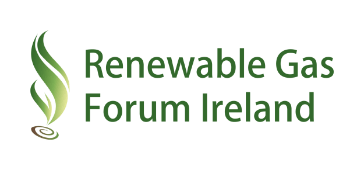In 2022, hydrogen accounted for less than 2% of Europe’s energy consumption and was primarily used to produce chemical products, such as plastics and fertilisers. 96% of this hydrogen was produced with natural gas (a fossil fuel), resulting in significant amounts of CO2 emissions.
The priority for the EU is to develop “green” hydrogen and it aims to produce 10 million tonnes and import 10 million tonnes by 2030 through the 2020 Hydrogen Strategy. The EU Hydrogen Strategy suggests policy action points in 5 areas: investment support; support production and demand; creating a hydrogen market and infrastructure; research and cooperation and international cooperation.
Green hydrogen is also an important part of the EU strategy for energy system integration.
Driving green hydrogen development past the tipping point needs critical mass in investment, an enabling regulatory framework, new lead markets, sustained research and innovation into breakthrough technologies and for bringing new solutions to the market, a large-scale infrastructure network that only the EU and the single market can offer, and cooperation with our third country partners.
All actors, public and private, at European national and regional level, must work together, across the entire value chain, to build a dynamic renewable hydrogen ecosystem in Europe.
The EU Hydrogen Strategy envisages installing at least 6 GW of renewable hydrogen electrolysers in the EU by 2024 and 40 GW of renewable hydrogen electrolysers by 2030.
In terms of utilisation, transport, particularly road and aviation ( through the production of SAF {Sustainable Aviation Fuel} would seem to be a higher priority than energy and electricity production from a European perspective.
